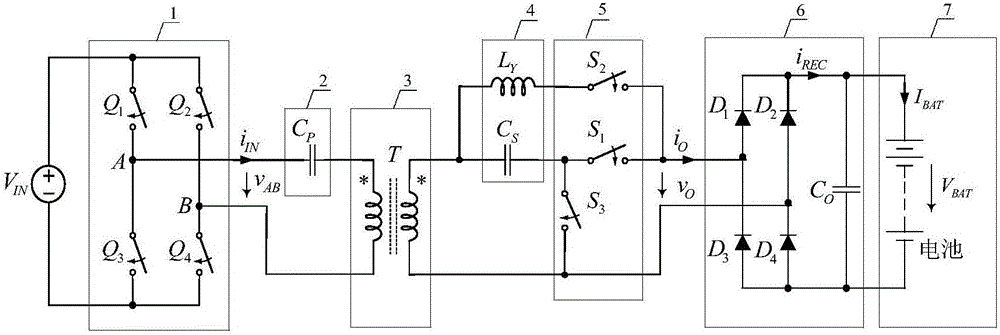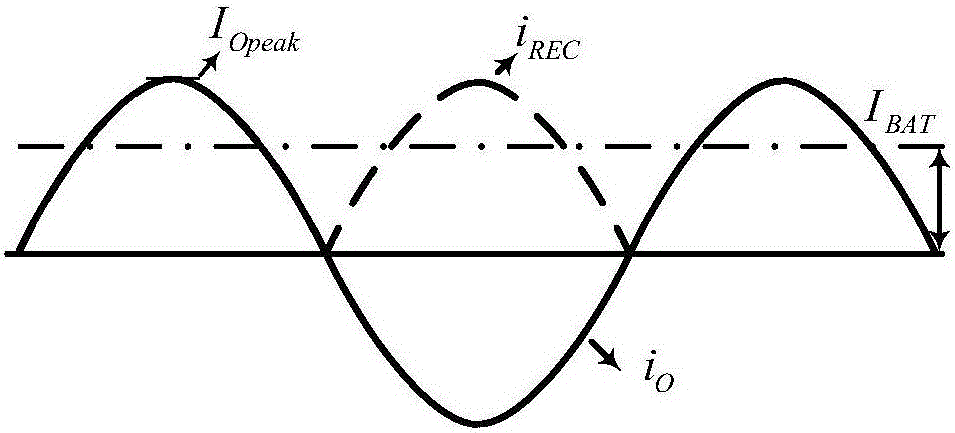Battery wireless charging system for secondary side composite type compensation network
A secondary-side compensation and compensation network technology, applied in battery circuit devices, control/regulation systems, current collectors, etc., can solve the problems of increasing device stress, different compensation frequencies and parameters, and reducing transmission efficiency, reducing the transmission efficiency. Small device stress, avoid reactive power circulation, avoid the effect of complex communication
- Summary
- Abstract
- Description
- Claims
- Application Information
AI Technical Summary
Problems solved by technology
Method used
Image
Examples
Embodiment Construction
[0030] The specific implementation steps will be described below in conjunction with the description of the drawings and the technical solution.
[0031] The battery wireless charging system of the secondary compound compensation network disclosed by the present invention specifically includes figure 1 The SS / S-LCL composite structure shown and figure 2 The LCL-LCL / LCL-S composite structure shown includes: high-frequency full-bridge inverter circuit 1, primary side compensation network 2 ( figure 1 The middle is the primary side compensation capacitor C P , figure 2 The middle is the primary side compensation capacitor C P and primary side additional inductance L X ), loose coupling transformer 3, secondary side compensation network 4 (secondary side compensation capacitor C S and secondary side additional inductance L Y ), constant current-constant voltage switching network 5, full-bridge rectification filter circuit 6, load battery 7. The constant current-constant...
PUM
 Login to View More
Login to View More Abstract
Description
Claims
Application Information
 Login to View More
Login to View More - R&D Engineer
- R&D Manager
- IP Professional
- Industry Leading Data Capabilities
- Powerful AI technology
- Patent DNA Extraction
Browse by: Latest US Patents, China's latest patents, Technical Efficacy Thesaurus, Application Domain, Technology Topic, Popular Technical Reports.
© 2024 PatSnap. All rights reserved.Legal|Privacy policy|Modern Slavery Act Transparency Statement|Sitemap|About US| Contact US: help@patsnap.com










